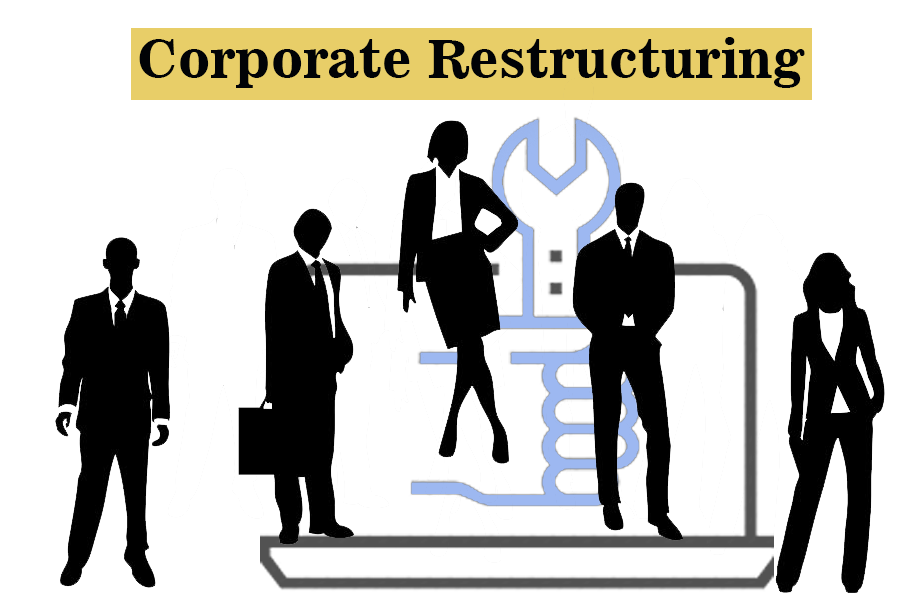A corporate restructuring is an activity performed by a company to drastically alter its capital structure or operations. In most cases, corporate restructuring in Australia occurs when a company is having substantial troubles and is facing financial difficulties.
Typically, the corporation in question will consider debt financing, operations downsizing, or selling a piece of the business to potential investors. Furthermore, the necessity for corporate restructuring develops as a result of a change in a company’s ownership structure. Takeovers, mergers, severe economic situations, undesirable developments in business such as buyouts, bankruptcy, lack of integration between divisions, over-employed staff, and other factors might all contribute to a change in the company’s ownership structure.
Let’s have a look at the concept of corporate restructuring in detail:
Corporate Restructuring Types
Here are the two types of corporate restructuring:
- Financial Restructuring
This form of restructuring may occur as a result of a significant drop in overall sales owing to poor economic conditions. The business entity’s equity pattern, debt-servicing schedule, equity holdings, and cross-holding pattern can all be changed here. All of this is done to keep the market and the corporation profitable.
- Organizational Restructuring
A change in a company’s organisational structure, such as lowering its level of hierarchy, revamping job positions, downsizing personnel, and modifying reporting connections, is referred to as organisational restructuring. This form of restructuring is done to reduce costs and pay off existing debt so that corporate activities can continue in some way.
Corporate Restructuring Reasons
The following scenarios need corporate restructuring:
- Change in Plan
The distressed entity’s management strives to enhance its performance by removing divisions and subsidiaries that do not correspond with the company’s main strategy. It’s possible that the division or subsidiaries don’t look to be strategically aligned with the company’s long-term goals. As a result, the corporation chooses to concentrate on its main strategy and sell such assets to possible purchasers.
- Lack of Profits
The venture may not generate enough profit to pay the company’s cost of capital, resulting in economic losses. The undertaking’s bad performance might be the consequence of management making the wrong decision to start the division, or a reduction in the undertaking’s profitability owing to changing consumer requirements or rising prices.
- Reverse Synergy
This notion is the polar opposite of synergy, which states that the value of a merged unit is greater than the value of separate units taken together. According to reverse synergy, an individual unit’s worth may be greater than the combined unit’s. This is one of the most typical causes for a company’s assets to be sold.
Conclusion
Corporate reorganization is the process of changing the content of a company’s one or more business portfolios in order to make the company more lucrative. Simply said, changing the organization’s structure to maximize earnings from its activities is the greatest solution for the current circumstance. Get in touch with the experts so that you can understand the concept and enjoy a calm process without any hassles at all. The experts will help you out in the right decision making.
